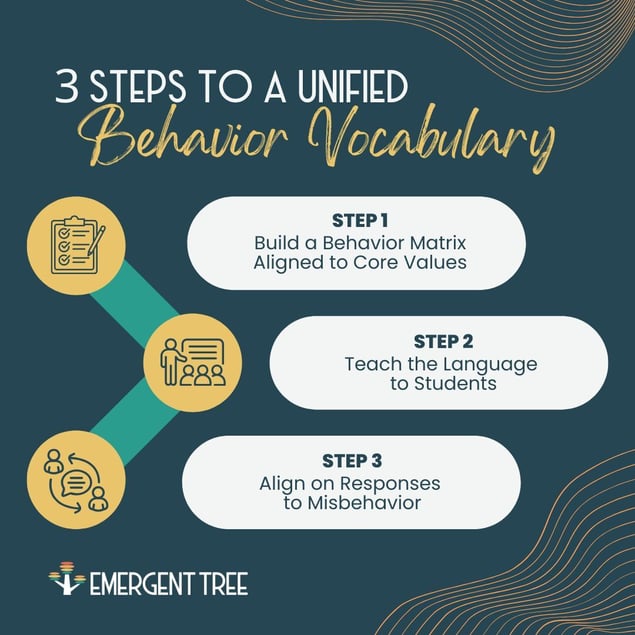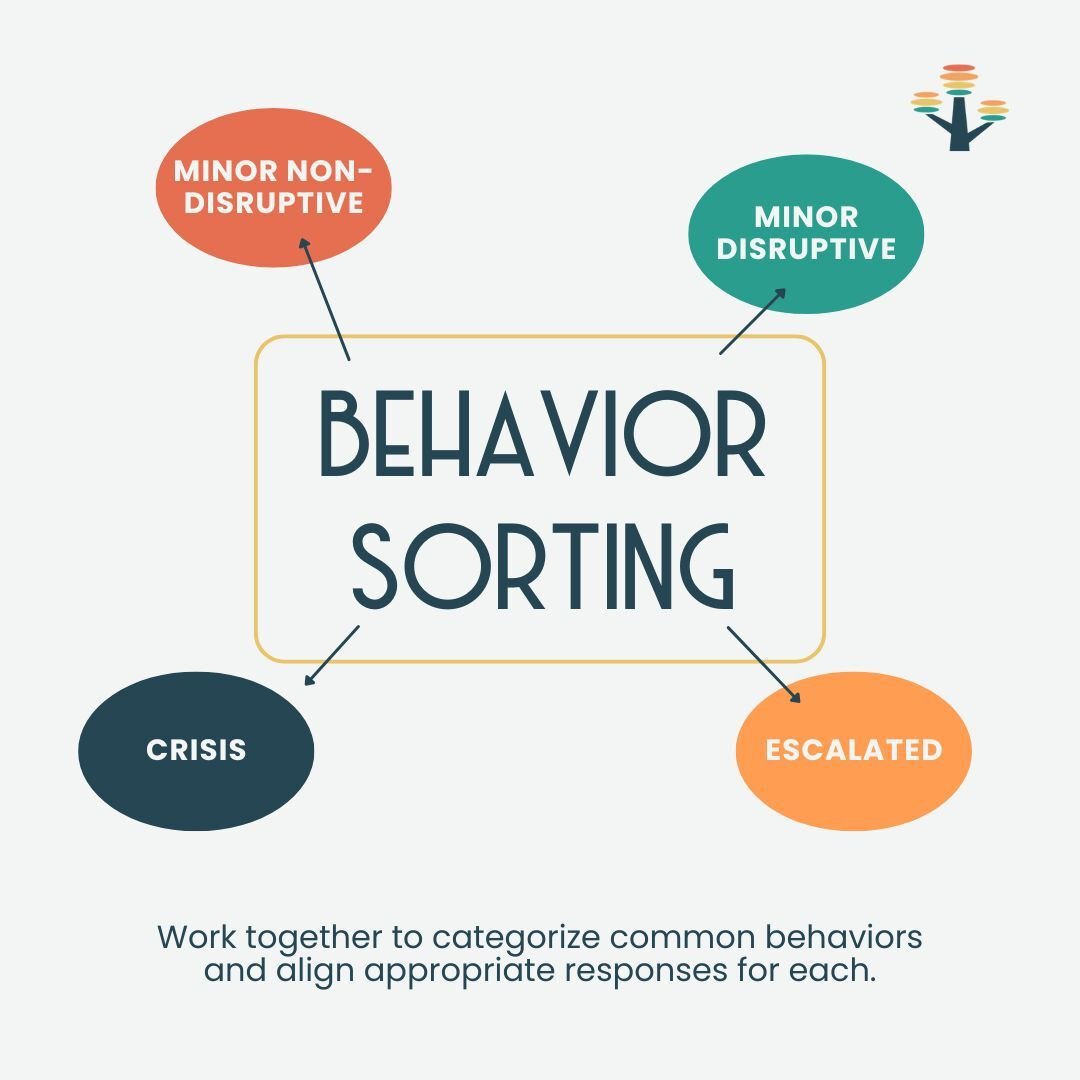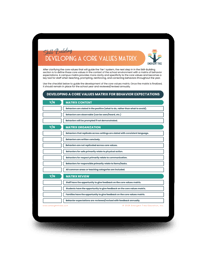
Same Page, Stronger Systems: The Case for Shared Behavior Language
Have you ever asked your child to clean their room…and regretted it?
You walk in expecting tidy shelves and spotless floors—and instead find clothes shoved in corners and toys barely pushed out of the way. Your child beams and says, “I cleaned it!” while you stand there wondering what part of this counts as clean.
Here’s the thing: they didn’t ignore your request. They just understood it differently.
This everyday parenting moment reveals a big truth about schools: without shared language, everyone is playing by different rules.
What’s Behind the Behavior Breakdown?
In classrooms, when staff don’t share common definitions around behavior, students get mixed messages. One teacher might call a behavior “non-compliant,” another might say “disengaged,” and a third might not address it at all. The result? Inconsistency, frustration, and a school culture that feels unpredictable for everyone involved.
Shared language eliminates that confusion. When every adult uses the same terms—like safe, respectful, and responsible—and defines them clearly, students know exactly what’s expected no matter where they are or who they’re with. This alignment builds student trust, staff confidence, and a school-wide culture that supports positive behavior.
So, How Do You Build That Shared Language?
Here are three steps you can take to create a unified behavior vocabulary across your school:

Step 1: Build a Behavior Matrix Aligned to Core Values
Start by defining what your core values look like in everyday school settings. A behavior matrix translates big ideas like “respect” into simple, visible actions—use kind words, follow directions the first time, keep hands to self—for areas like the classroom, hallway, cafeteria, and playground. When expectations are clearly stated, everyone (students and staff) knows what success looks like.
Step 2: Teach the Language to Students
Adults may be aligned—but if students haven’t been explicitly taught the expectations, they’re still guessing. Create time to model, practice, and review the shared behavior language, especially at the start of the year and after breaks. This is even more important in secondary schools, where students interact with multiple teachers each day. Teaching the expectations makes consistency possible—and gives students the confidence to meet them.
Step 3: Align on Responses to Misbehavior
It’s not just about what’s expected—it’s also about how the school responds when expectations aren’t met. Without clarity, staff members often feel unsure: Should I handle this in the moment? Is it office-worthy? Am I being too harsh—or too soft?
One powerful activity? Behavior sorting. Have staff work together to categorize common behaviors as minor non-disruptive, minor disruptive, escalated, or crisis, and align appropriate responses for each. Pair those with clear intervention strategies so students experience consistent, fair support across the board.

Real Talk: Two Schools, Two Outcomes
Let’s compare two fictional teachers, both navigating the same challenge—but in very different environments.
Ms. Patel works on a campus without a unified behavior language.
She and her colleagues all define “disruptive” differently, which means student consequences vary wildly from room to room. Students test boundaries, unsure of what the response will be. Ms. Patel spends more time correcting behavior than teaching, and students often feel frustrated or misunderstood.
Mr. Taylor, however, works in a school with clearly defined expectations and consistent behavior processes.
His students know what “respectful” looks like in every setting. When misbehavior occurs, Mr. Taylor responds with an aligned strategy his teammates use too. His classroom runs smoothly, and students trust the system—because the system makes sense.
Give It a Try: Start Small, Grow Big
Creating shared behavior language and systems doesn’t happen overnight—but every step toward alignment makes a difference. Try starting with a behavior matrix for one area of the school. Or gather your staff to talk through a few common misbehaviors and how to respond. The goal isn’t perfection—it’s progress.
 When language is clear, behavior becomes teachable. When responses are consistent, trust is built.
When language is clear, behavior becomes teachable. When responses are consistent, trust is built.
And when expectations are aligned, students—and teachers—thrive.
Check out our free tool: Developing a Core Values Matrix to help you implement these ideas!
Looking for some additional resources for your journey?
- Check out our course Skill Building in Tier 1 Systems: Aligning Behavior Instruction explores aligning behavior instruction as a component of Tier 1 behavior systems in schools. You'll learn about the purpose of skill building and its impact on school behavior.



Comments